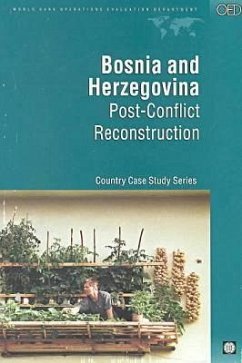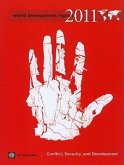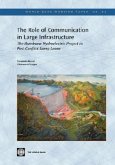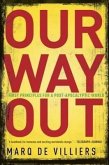Post-conflict reconstruction is not new to the World Bank. In fact, the Bank's first loan was to the Government of France to rebuild the country after World War II. What is new, is the rapidly increasing number of post-conflict areas, and the enormity and complexity of rebuilding in each case. To better assist post-conflict areas in the future, the Bank is studying past experiences in dealing with post-conflict reconstruction. This volume represents one in a series. The other volumes discuss post-conflict reform in Uganda and El Salvador. The Bosnia and Herzegovina case is unique within the Bank's post-conflict reconstruction experience in terms of regional characteristics, political complexity, and structure of economic governance. This study examines the evolution of the conflict and the Bank's role before, during, and after the conflict. It also analyzes which efforts were successful and which could be improved.








